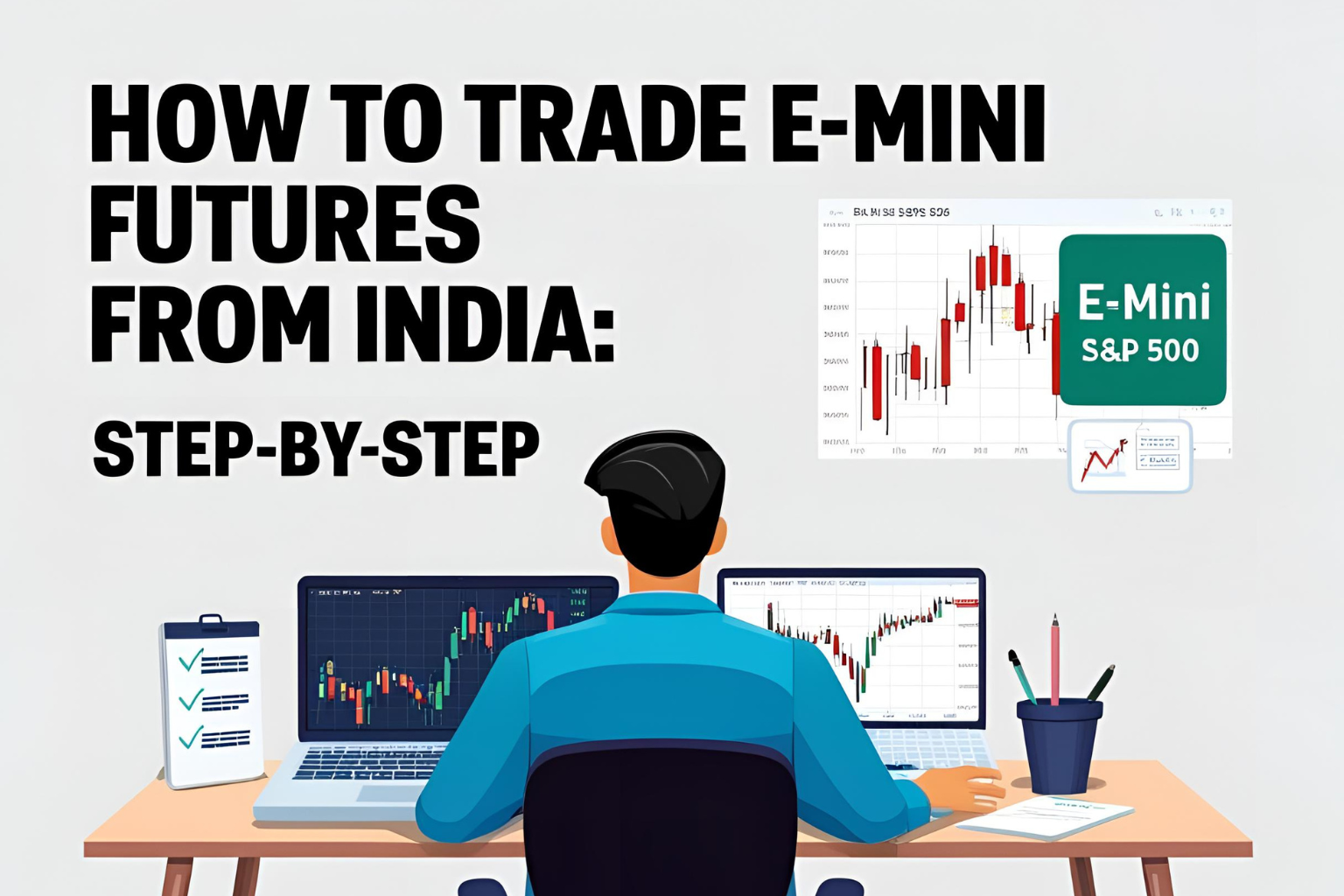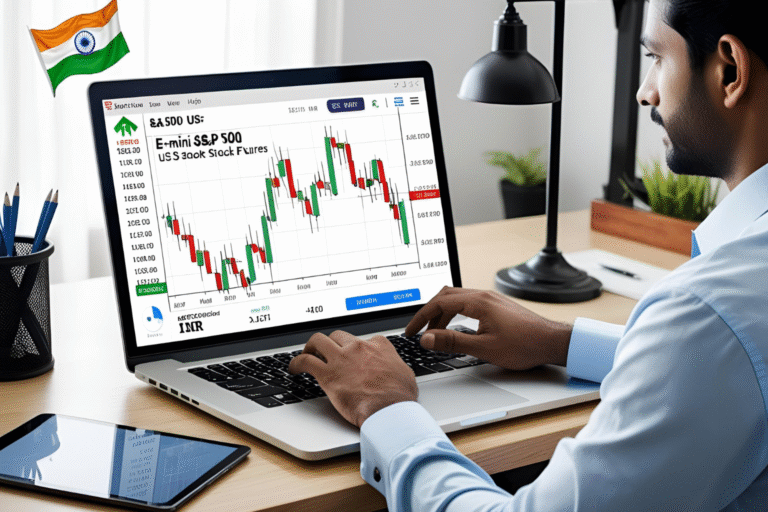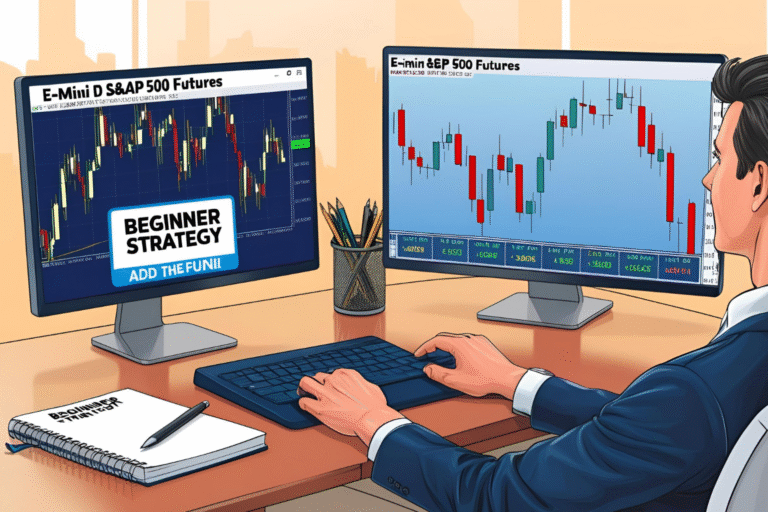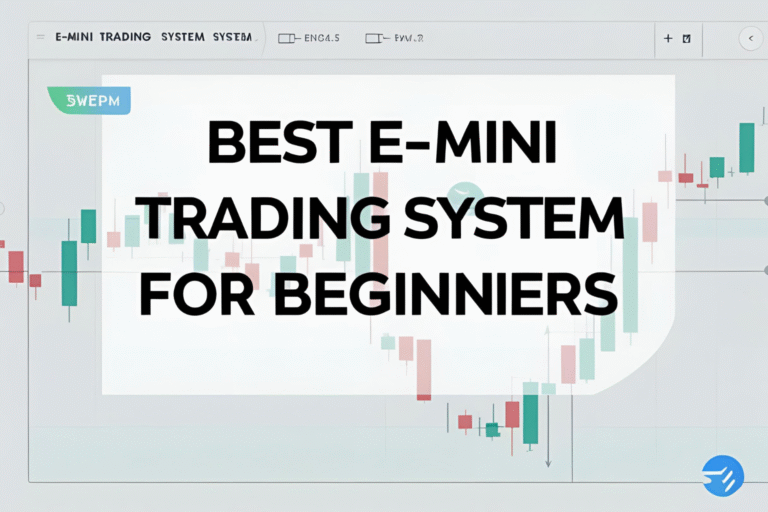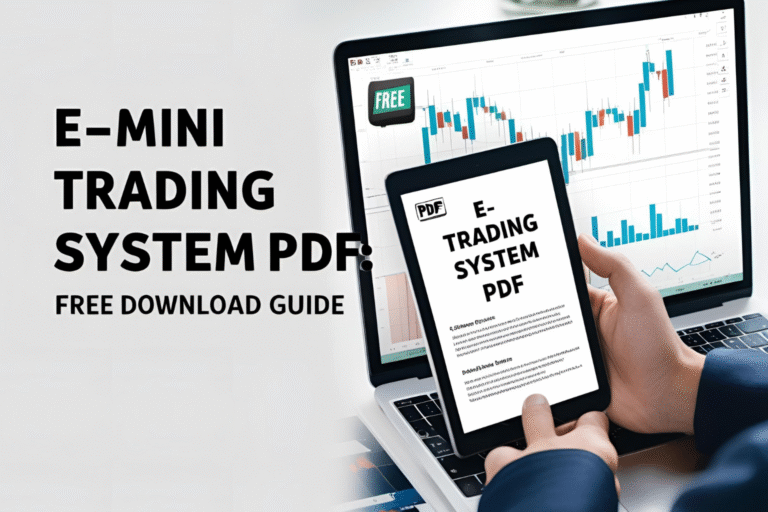How to Trade E-mini Futures from India: Step-by-Step
Want to trade E-mini futures but live in India? You’re not alone. Many Indian traders are exploring international markets like the E-mini S&P 500 futures to diversify and take advantage of global trading opportunities.
Here’s a complete beginner-friendly guide on how to legally and effectively trade E-mini futures from India.
Is It Legal to Trade E-mini Futures from India?
Yes. Indian residents can trade international futures like E-mini contracts under the Liberalized Remittance Scheme (LRS) of the Reserve Bank of India (RBI). However, there are rules you must follow:
- The annual limit for international investments under LRS is $250,000 USD per person.
- You must remit funds through authorized Indian banks.
- You cannot use margin funding from brokers abroad (self-funded trading only).
Step-by-Step Guide: Trading E-mini Futures from India
Step 1: Understand What You’re Trading
Before starting, learn the basics of E-mini S&P 500 futures (ES). This contract is one-tenth the size of the standard S&P 500 futures and is traded on the CME (Chicago Mercantile Exchange).
It’s ideal for beginners because of:
- Lower capital requirements
- High liquidity
- 24-hour access (5 days a week)
Step 2: Open an International Brokerage Account
You’ll need a broker that offers direct access to CME Globex. Popular brokers used by Indian traders:
- Interactive Brokers India
- TD Ameritrade (limited access for India)
- TradeStation Global
- Saxo Bank
✅ Tip: Make sure the broker supports INR-to-USD funding via LRS.
Step 3: Complete RBI LRS Remittance Process
To transfer funds legally under LRS:
- Contact your Indian bank (ICICI, HDFC, SBI, etc.)
- Submit Form A2 and LRS declaration form
- Provide KYC documents (PAN card, Aadhar, income proof)
- Transfer funds in USD to your international broker account
⏱️ Processing Time: Usually 2–3 working days
Step 4: Set Up Your Trading Platform
Once funds are available in your broker account, set up a platform to analyze and trade:
- TWS (Trader Workstation) – from Interactive Brokers
- NinjaTrader – for custom charts and automation
- ThinkorSwim – for advanced charting (if accessible)
- TradingView – for live charts and technical analysis
Step 5: Practice with a Demo Account
Before placing real trades, test your skills on a demo trading account. Most brokers offer this feature.
Focus on:
- Understanding tick size and contract value
- Using stop-loss and limit orders
- Tracking margin requirements
- Managing positions in volatile market hours
Step 6: Start with Micro E-mini Futures (Optional)
If the E-mini S&P 500 (ES) feels too large, start with the Micro E-mini (MES) contract.
| Feature | E-mini (ES) | Micro E-mini (MES) |
|---|---|---|
| Multiplier | $50 | $5 |
| Tick Value | $12.50 | $1.25 |
| Capital Required | Higher | Lower |
This allows you to learn with reduced risk while following the same market.
Step 7: Start Trading Live
Once you are confident, place your first trade during U.S. market hours or overnight sessions.
- Track S&P 500 index movements
- Monitor U.S. news and earnings
- Use limit and stop orders for protection
Always trade with a plan and risk management in place.
Key Tools for Indian E-mini Traders
- CME Group Website: Market specs and real-time data
- TradingView: Live charts and indicators
- Economic Calendar: Track U.S. data releases
- Position Size Calculator: Manage risk per trade
Taxes on E-mini Trading for Indian Residents
Profits from E-mini trading are considered capital gains or business income, depending on frequency and scale.
- Report all income on your ITR under foreign income
- Consider consulting a CA familiar with international trading
Final Words
With the right broker, legal remittance, and risk awareness, Indian traders can successfully access and trade E-mini futures. The steps may seem complex at first, but once set up, it becomes a straightforward process.
It’s time to think beyond Indian markets and explore global opportunities—step by step.
FAQs
Q1. How much capital is needed to start trading E-mini futures?
Ideally, start with $5,000–$10,000. Micro E-mini requires less.
Q2. Is LRS approval required every time I remit?
Yes, your bank will process it under RBI LRS for each remittance.
Q3. Can I trade E-mini futures using an Indian broker?
No. You need an international broker with access to CME.
Q4. Is it risky to trade U.S. markets from India?
Like any market, it carries risks. Use proper tools and limit exposure.
Q5. What is the best time to trade E-mini from India?
Typically between 7:00 PM and 1:30 AM IST, aligning with U.S. market hours.

